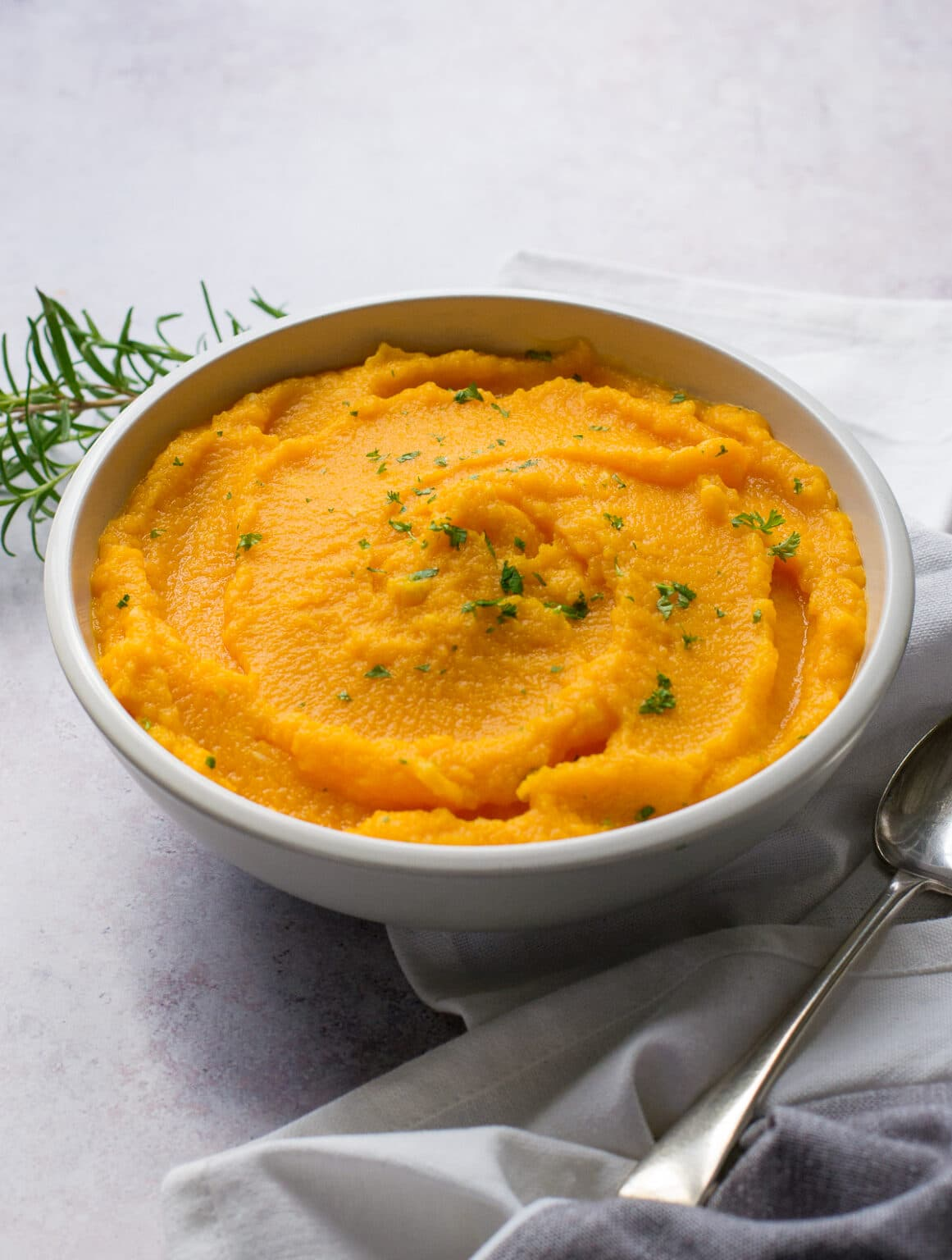Simple Recipes to Use Up Leftover Swede

Swede, also called rutabaga, often ends up as an overlooked leftover after a roast or holiday meal. It’s an affordable vegetable with a mild, sweet flavour that works well in many dishes. If you’ve got some swede sitting in the fridge, don’t let it go to waste.
Swede (rutabaga) is a very tasty vegetable. This carrot swede mash (The Veg Space) is super simple to make, and makes a nice change from white potatoes.
Before cooking, read up on food safety for people & pets (nutmeg often served with swede is unsafe near animal friends). Don’t feed salted/buttered mash to pets, garden birds or wildfowl.
A Brief History of Swede
Swede, also called rutabaga, likely originated in Scandinavia or Russia several centuries ago. It is a cross between the cabbage and turnip families, developed to withstand colder climates. The vegetable became popular in the 18th century, as it stores well in winter.
good in stews and soups, it’s very popular in Sweden and Germany, where it’s mashed, roasted or added to winter casseroles. It’s also packed with nutrition (fibre, vitamin C, B vitamins and potassium), and also is low in calories (around 50 for one cup).
Common Culinary Uses
Swede’s texture and flavour make it a flexible ingredient. Here are some popular ways to enjoy it in the kitchen:
- Mashes: Swede mash is an excellent alternative to potato mash. Its sweet, earthy flavour pairs well with nutmeg, vegan butter or cream.
- Soups: Cooked and pureed swede adds lovely creaminess to vegetable soups.
- Casseroles and Stews: Diced swede holds its shape during long cooking, adding sweetness and bulk to dishes.
- Roasted or Baked: Chunks of swede roast nicely alongside carrots and parsnips, developing caramelised flavours.
Vegan Swede Mash Cakes
Transform your leftover swede mash into golden, crispy cakes, using a little flour or ground oats to help bind the mix. Add chopped spring onions or fresh herbs for variety.
Stir 1 chopped onion or spring onion into 2 cups of leftover swede mesh, then add 2 tablespoons of oat flour and season well. Mix in 1 to 2 tablespoons of olive oil or vegan butter (Flora has no palm oil) and form into patties. Fry 4 minutes each side, and serve with a fresh green salad and tangy vegan yoghurt dip.
Creamy Vegan Swede and Carrot Soup
Fry chopped onion and garlic in oil until soft, then add chopped leftover swede and carrots. Pour in some good veggie stock and simmer for 15 minutes, then use a hand blender to smooth. Stir in 100ml of oat cream, and season to taste. Serve with crusty bread.
Adding Leftover Swede to Curries and Stir-Fries
Diced leftover swede fits well into curry sauces or stir-fries. It soaks up spices while keeping a firm texture. When added early in cooking, swede softens just enough without becoming mushy. Stir into a veggie curry with chickpeas.
Tips for Storing and Freezing Swede
Raw swede keeps best in a cool, dark place like the vegetable drawer of your fridge. Here are some tips to get the most from your fresh swede:
- Keep it whole and unpeeled until ready to use. The skin protects the vegetable, slowing moisture loss and spoilage.
- If you’ve cut the swede, wrap the unused portion tightly in eco-clingfilm alternative, or store in an airtight container to stop it drying out.
- Use raw swede within 1 to 2 weeks of purchase for the best texture and flavour.
- Avoid washing swede before storing. Moisture encourages mould growth, so wipe it clean with a dry cloth if needed.
Swede can also sit in a cool pantry or root cellar if the temperature is stable and not too warm. This keeps it fresh without refrigeration for up to a few weeks, depending on conditions.
How to Store Cooked Swede
Cooked swede is easy to store but needs a bit more care:
- Cool it quickly after cooking to prevent bacteria growth.
- Place in a clean, airtight container.
- Store in the fridge where it will keep fresh for up to 3 days.
- If you made mashed swede or a stew, store in shallow containers for quicker cooling.
When reheating cooked swede, do so gently over low heat or in the microwave, stirring occasionally to heat it evenly without drying out.






